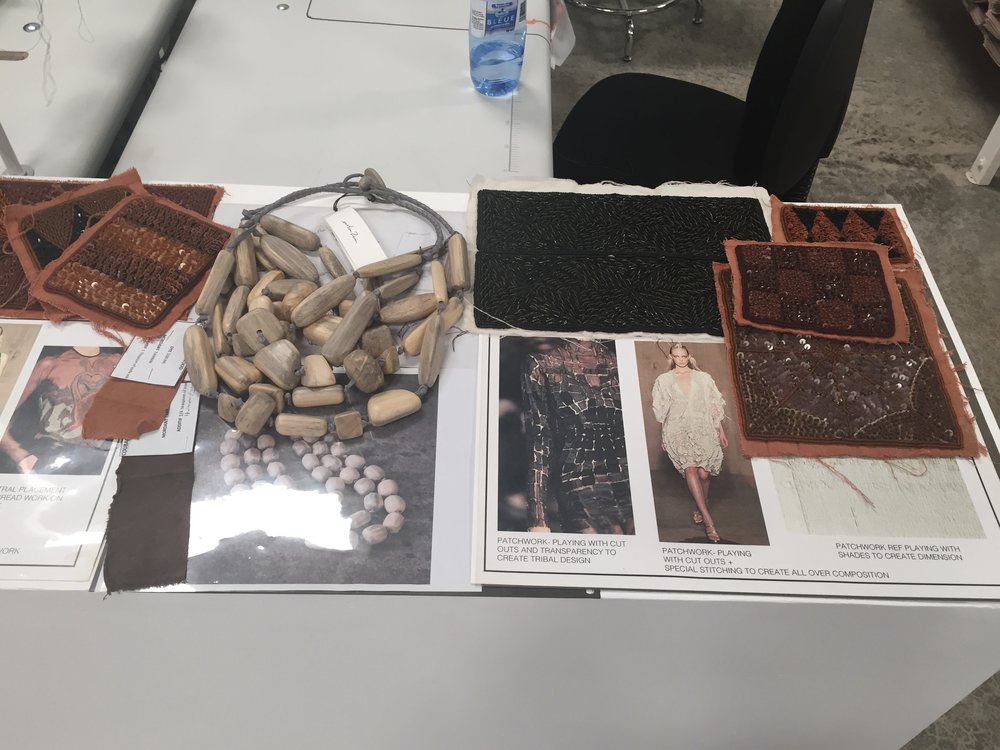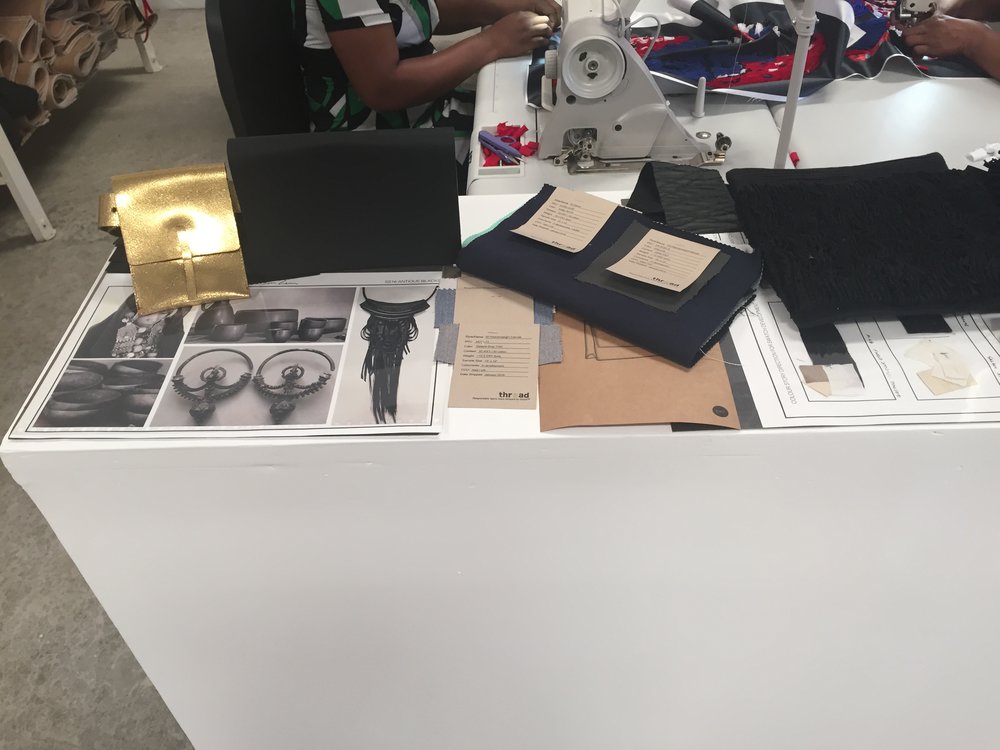Parsons Design Fellowship
Katya Akuma is one of the designers who won Parsons Design Fellowship, that was launched by Parsons The New School for Design and the Urban Zen Foundation and was designing for The Design, Organization, Training Center (D.O.T) in Port-au-Prince, Haiti. The D.O.T was created by Donna Karan, Urban Zen, Parsons School of Design, and Haitian artisan and businesswoman Paula Coles to help bridge Haiti’s traditional artisan techniques with the modernity and design innovation needed to succeed in today’s global marketplace. The four successful Parsons Design Fellows traveled to Haiti and researched a number of product explorations for design development and production, using local practices and locally-sourced materials. In addition, designers developed and lead workshops with the artisan community of Haiti.
Textile focus
As a Textile Artist and Fashion Designer and I was primarily interested in developing the products that require expertise in textiles. My main focus is to preserve Haitian craftsmanship and to help artisans to design new products using natural materials that are available locally. I am fascinated by the fact that Natural dying techniques have been used historically in Haiti, in particular Indigo. Since there is an increasing interest in the application of natural dyes as environmental awareness and public concern about pollution increase I believe that it is an important area that needs to be developed in Haiti. The potential national market for natural dye plants in the fiber arts area is not well known and information about this market could help both growers and fiber artists.







Artisans workshops
During my stay in Haiti I led following workshops:
WORKSHOP I: NATURAL DYES
Natural dyes can offer not only a rich and varied source of dyestuff, but also the possibility of an income through sustainable harvest and sale of these dye plants. Many dyes are available from tree waste or can be easily grown in market gardens. In areas where synthetic dyes, mordants (fixatives) and other additives are imported and therefore relatively expensive, natural dyes can offer an attractive alternative.
I took the artisans through the steps to create sustainable dyed textiles, using only locally sourced natural materials. My goals were to ensure that clothing materials and production methods are rooted in sustainability and the end product is comfortable, and highly versatile. I immersed myself in culture and work side by side with a Haitian artists where each member was dedicated to environmental, cultural and community sustainability.
In addition I offered an insight into my own in-studio processes and demonstrated how to get the most from a range of dyes and fabrics. Participants obtained a good technical understanding of the coloring processes and the varied uses of such dyes as indigo, cochineal, madder, fustic, and many others . The full spectrum of more than 20 rich colors dyed in workshop formed a source book for artists. These books are a great inspiration and reference for years to come.
WORKSHOP II: WOOD CUT PRINTING
In this workshop, artisans explored their knowledge of printing techniques through the use of natural dye. Using wood cut block printing techniques, artisans focused on building their knowledge of using natural dyes for surface design.
NATURAL DYE LIBRARY
- Analysis of the existing Naturally Haiti Collection produced by Urban Zen. This collection was an excellent source of information on the local artisans involved in the production.
- Participation in the manufacture of products (Paula Coles)
- Understanding the context for the design - the end user, their needs, lifestyle, resources and priorities.
- Analysis of materials and manufacturing capabilities available in country.
- Research on the products that were previously produced in Haiti (Vogue Archives)
MATERIAL TESTING
Each potential material was tested. Some were discounted at an early stage whilst other progressed to full prototype stage. The following materials where selected as promising solutions to further research and develop: Longwood, Djon Djon Mashroom, Almond Leaves, Turmeric, Eucalyptus, Avocado, Natural indigo.
Progress was made in the areas of developing new colors and print techniques using local plants and other resources such as rust.